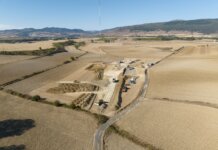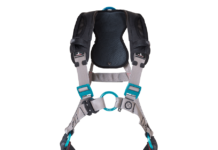Vaisala, a provider of environmental and industrial measurements, says its Triton Wind Profiler will soon reach a major milestone of 20 million hours of collected wind data since the solution’s market introduction in 2008. In turn, the company is highlighting trends across wind markets over the past nine years.
According to the company, the solution has been deployed more than 3,700 times in 45 countries and six continents, where Triton has been used to provide wind measurements at sites both under development and in operations. In addition, Triton units have achieved a fleet-wide median up-time of 99.93%, says Vaisala.
Vaisala says its data illustrates the evolving applications of remote sensing technology by wind energy developers and operators in both established and emerging markets. An analysis of market-specific usage patterns over the past nine years reveals trends that correspond closely to the progress and overall maturity of those markets, the company explains.
In the more established European and U.S. wind markets, there have been close to 2,600 deployments of the Triton, facilitating a range of uses in both site planning and operations. On the planning side, as the height and capacity of modern turbines has increased, the Triton has been widely used as an easier and more cost-effective alternative to static met towers throughout the early phases of development – from site assessment to turbine siting.
Simultaneously, as these markets and their wind projects mature, Triton is increasingly being deployed to help optimize wind assets. The company expects the recent introduction of the International Electrotechnical Commission standard for the use of remote sensors in power performance testing to drive a further increase in deployments at operational projects.
Since 2008, the remote territories and emerging wind markets of Australia, Asia, Africa and Latin America have seen well over 900 Triton deployments. As these nascent markets continue to develop, there is often a greater emphasis on identifying suitable sites for development across terrain that is frequently complex, says Vaisala. Specifically, key emerging markets in which the Triton has seen a significant amount of deployment include Brazil, China and South Africa.
“It’s gratifying to see the range of markets in which Triton continues to be successfully deployed,” says Pascal Storck, head of renewable energy at Vaisala. “As the data bears out, the Triton is built to last; robust enough to perform in a variety of harsh environments the world over; and versatile in contributing to the many stages of a wind farm’s lifetime, spanning both development and operations phases.”




